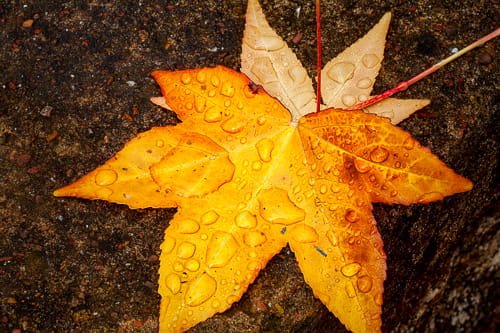
Photo Themes, Photo Genres and Subject Matter
Incorporating photo themes into your own photography practice is a powerful and meaningful way by which you can lift your photography up to the next level.
Just be careful not to confuse photo themes with notions of photo genres and subject matter.
They’re all important concepts, but it’s helpful to be able to differentiate between them, particularly when it comes to assembling portfolios, exhibitions and other bodies of work.
With that in mind, let’s take a moment to explore the key differences between these three classifications in photography.
Genre is concerned with categories like people, landscape and wildlife. So, for instance, you might describe yourself as a wildlife photographer.
Conversely, subject matter describes the actual subject within a photo. For example, king penguins on South Georgia Island.
Therefore, if you find yourself making a large percentage of your photos of penguins in the wild you could certainly refer to yourself as a wildlife photographer who specialises in photographing penguins.
Naturally, if the type of subject matter and the locations where you photograph are more varied, the way you define yourself wouldn’t need to be so specific.
So, let’s say you photograph predominantly wildlife, but the subjects you photograph include elephants, tigers, kangaroos, narwhals, southern elephant seals and penguins. In that case it’s fine to simply refer to yourself as a wildlife photographer.
If you’re not a specialist, why box yourself in through too narrow a description. After all, how you describe yourself tells the world a lot about who you are. To that end, long live the generalist.
To further clarify our understanding of the differences between photo themes, genres and subject matter, take a close look at the image of a fallen leaf, covered in raindrops, at the very top of this post.
The subject of the photo is the leaf, and the image is a good example of a photo that fits into the nature photography genre.
But the fact that it’s a fallen leaf, displaying typical fall/autumn colors, points to the changing of the seasons. And that fact adds extra emotion and relevance to the image.
So, while those facts help describe this particular subject as not just a leaf, but as a fall/autumn leaf, they also point to the photo theme of death and decay that’s being explored in this straightforward, yet poignant image.
Herein lies a simple, yet important truth and one of the primary factors that keeps folks looking at your best images longer.
It’s not just what you photograph, but the meaning your audience is able to extract from those photos that matters most. And the more simple the message or meaning revealed, the more potent the image becomes.
Actually, there are plenty of very successful nature photography images that deal with the notion of death and decay. And the reason those images are so emotive and relevant is because they’re symbolic of the human life cycle.
After all, it’s undeniable how the ageing process and the inevitability of death and decay are to the human condition?
The challenge is not to be overwhelmed by such concerns, but to recognize and accept them as part of our life’s natural cycle.
Needless to say, those of us who modify their life to incorporate healthy eating, regular exercise, less stress and better sleep will likely be able to experience better lives and, as a consequence, delay and also accept the ageing process with grace and humility.
I freely admit to being very late to embracing a healthy lifestyle, but I’m doing my best to embrace it and I’m looking forward to the benefits that will surely follow.
Over recent years I’ve noticed a lot of confusion on the internet as to what the actual photo genres are. As a way of reducing this confusion, here’s a list of the most popular photography genres:
-
People photography
-
Landscape photography
-
Nature photography
-
Urban and street photography
-
Architectural photography
-
Photojournalism and Documentary photography
-
Wildlife photography
This list is simple enough, but I think the confusion comes when folks make photos that don’t immediately appear to fit within the quite broad categories I’ve listed above.
It’s for this reason that abandoned photography is sometimes referred to as a genre. And, if that’s what you think, fine. Such tags a simply ways of describing particular types of photography.
It’s a box or, if you prefer a more precise analogy, a box within a box.
Photographers have been taking photos of abandoned buildings for a very, very long time. But the practice scored in popularity in western countries over the last few decades, no doubt due to socio economic decline in inner city areas.
There must be loads of opportunities to undertake similar projects in some of those newly built Chinese cities, all but absent of people, albeit with more of a post modern aesthetic.
The question is whether abandoned photography qualifies as a genre of its own, or does it belong, as a sub-genre, within the urban or architectural photography genres?
Naturally, if you’re concept of architectural photography is about large city buildings and the way they’re designed to allow people to inhabit and move through such spaces, then photos of abandoned dwellings might seem like an odd fit.
Likewise, abandoned buildings in suburbs or small towns, no matter how interesting, might not fit well into the urban photography genre.
This is where, if you allow it, categorising via genres can become problematic.
But there’s a solution, offered by the long established tradition of documentary photography.

